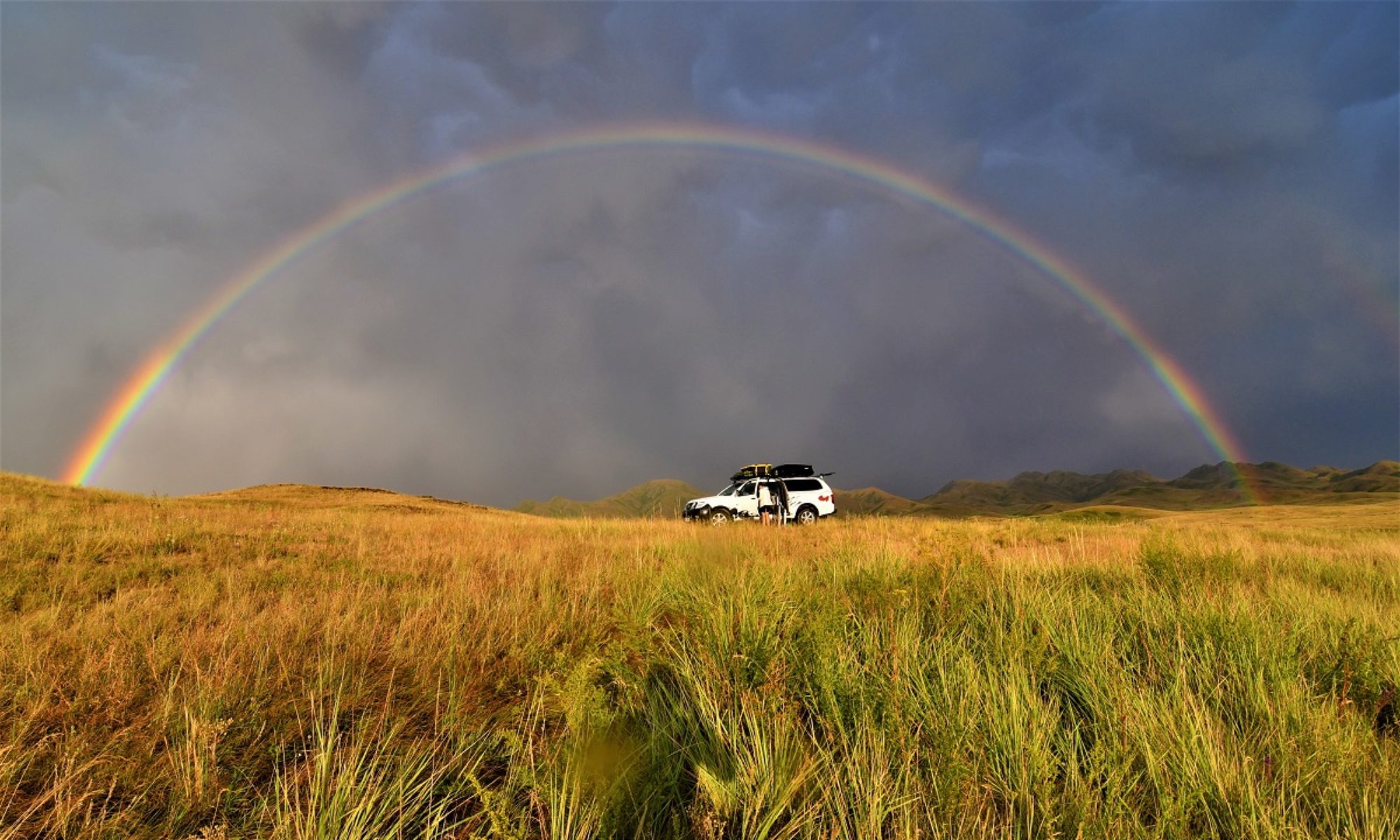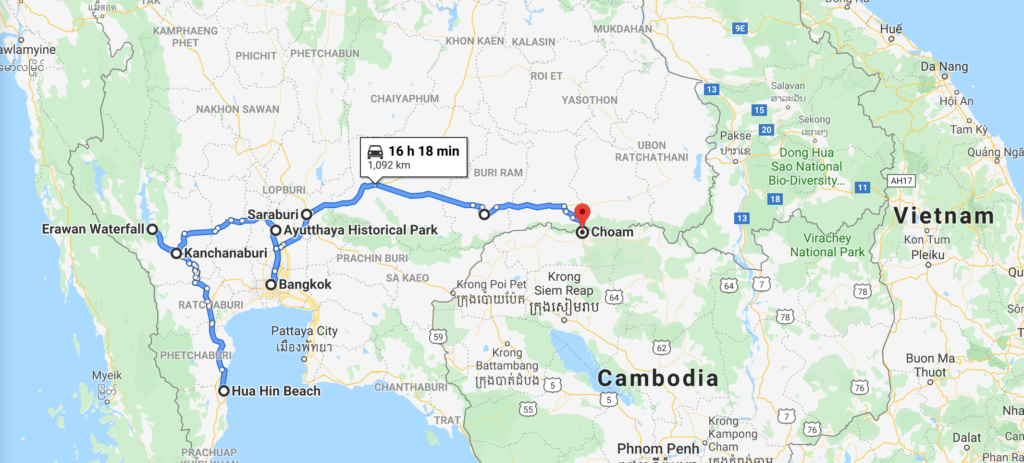
Friday 29th November, 2019 – Kanchanaburi
The main reason to go to Kamchanaburi is to see the 300m railway bridge made famous by the film “The Bridge Over the River Kwai”. The bridge stands 2.5km from the centre of town and was the site of a Japanese operated WWII prisoner-of-war camp where many lost their lives due to poor conditions and bad treatment. The bridge was bombarded by the Allied and only the outer spans are original. Trains still run through the bridge today.
There are several Museums dedicated to this sad chapter and you can go and pay your respect at the Allied War Cemetery where 6,982 POW’s are buried ( British, Australian and Dutch).
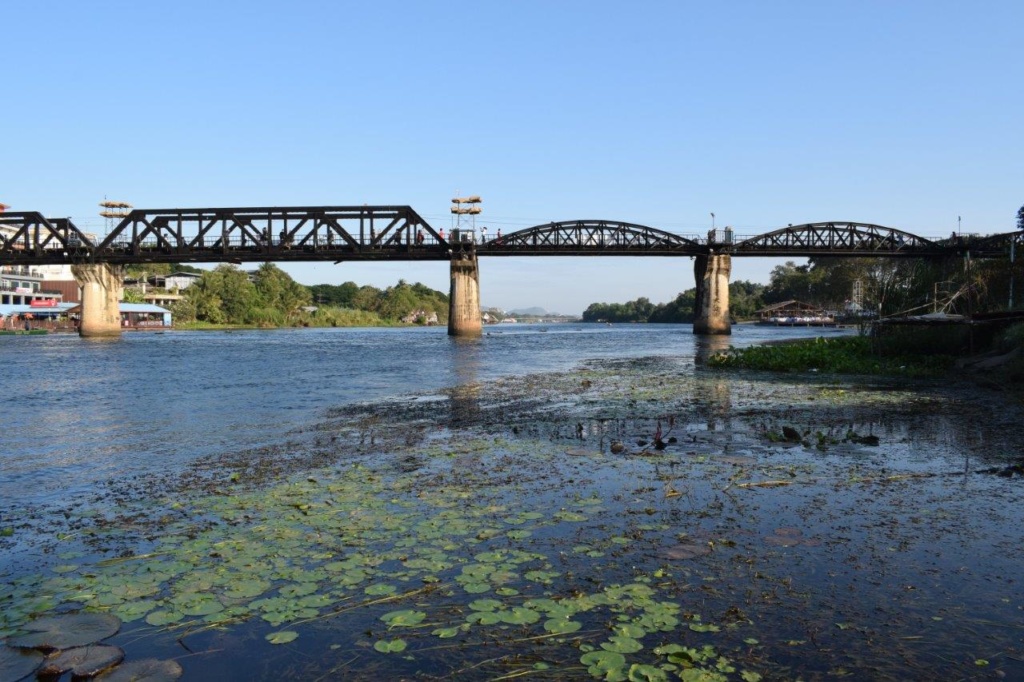
Thailand – Bridge over the River Kwai 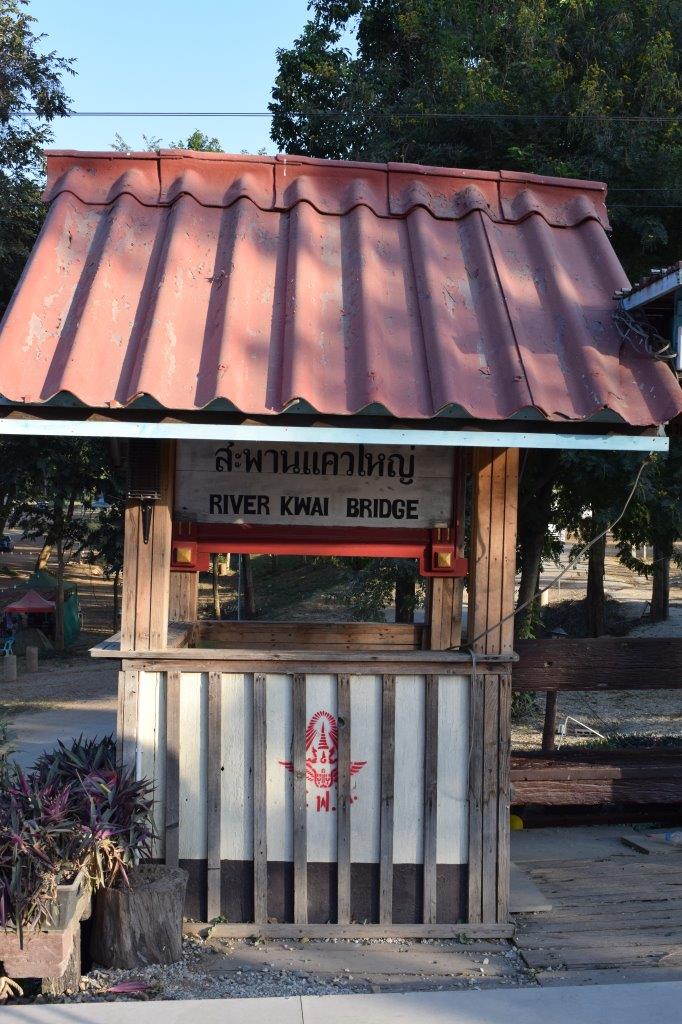
Thailand – Bridge over the River Kwai 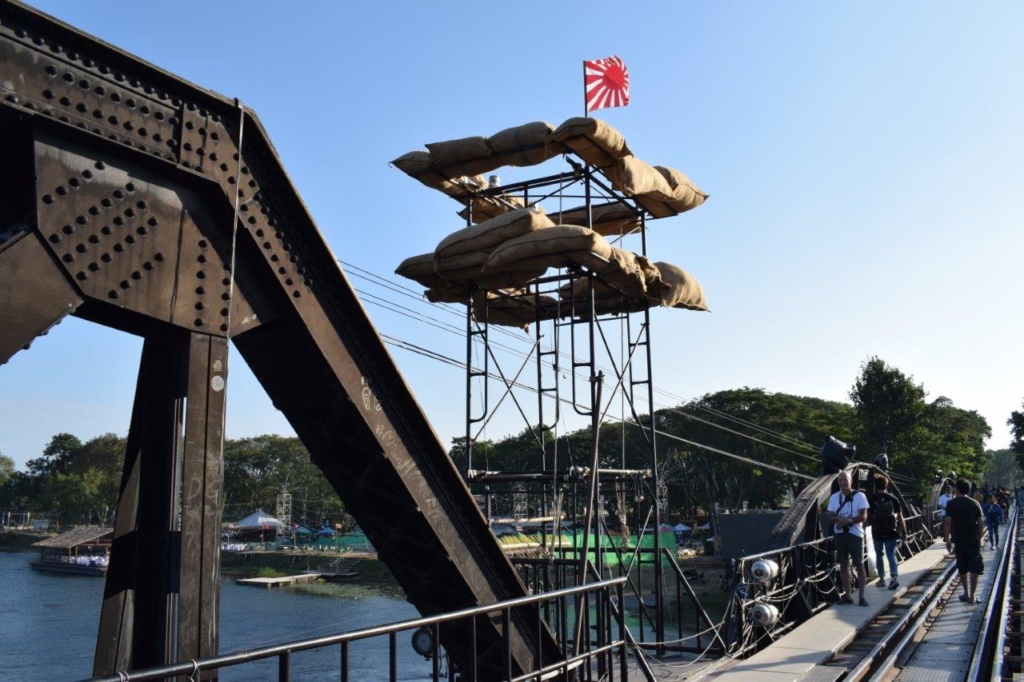
Thailand – Bridge over the River Kwai 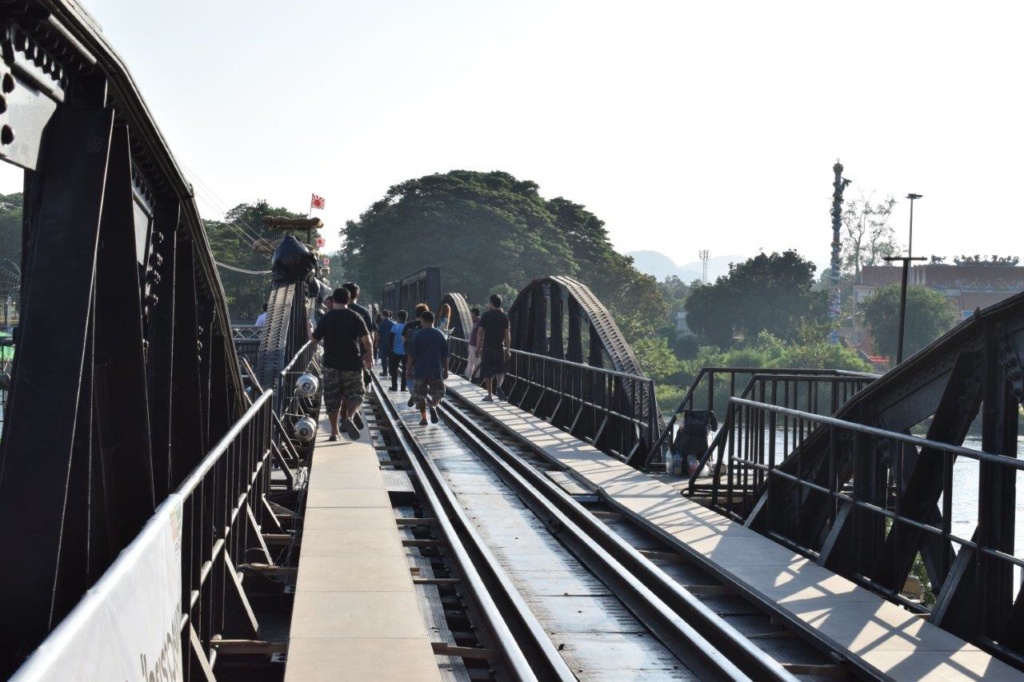
Thailand – Bridge over the River Kwai 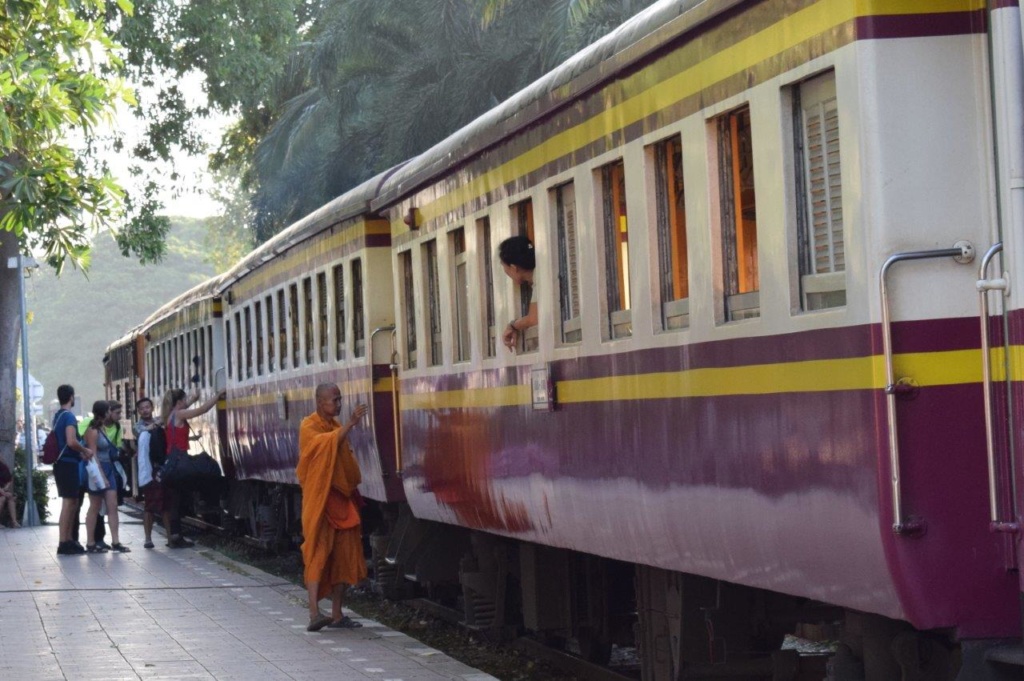
Thailand – Bridge over the River Kwai
Saturday 30th November, 2019 – Erawan Falls
Erawan National Park is about 90kms from Kanchanaburi and is popular for a day out, enjoying the refreshing pools of the Erawan Falls. A 2 km trail leads you up the mountain to a succession of waterfalls and pools where you can have a dip if you do not mind the fish in the water. There are 7 different pools.
Sunday 1st December, 2019 – Ayuthaya
Arrived early afternoon and went straight to the Historical Park to visit the ruins of the famous “Fallen City”. Ayuthaya was the pinnacle of ancient Thai history. It was built at the confluence of 3 rivers on an island and was named after the home of Rama in the Indian epic Ramayana. The city flourished from 1350 onwards but was repeatedly assaulted by the Burmese and finally succombed after 2 years of war in 1767. The city was looted by the Burmese and the Thais re-established their power centre near present day Bangkok.
There are many temple ruins but we visited the main ones.
Wat Phra Si Sanphet
The most iconic picture of Ayuthaya are the 3 chedi (stupas) of this temple. It was built in the late 15th century and was the largest of the city. It was used by several kings and once contained a 16m-high standing Buddha, covered with 250kg of gold, which was melted down by the Burmese conquerors.
Wat Phra Mahathat
Built in 1374 during the reign of King Borom Rachathirat I, this temple has a central prang (Khmer-style chedi) and rows of headless Buddha images.
Wat Chai Wattanaram
Built in 1673, this Buddhist temple has an impressive central Khmer-style prang, 35m high. We were there at sunset and the stones had a nice warm yellow-orange glow.
Wihaan Phra Mongkhon Bophit
This modern sanctuary hall houses one of Thailand’s largest bronze Buddha images, most likely dating to the 15th century. Coated in gold, the 12.5m-high figure (17m with the base) was badly damaged by a lightning-induced fire around 1700, and again when the Burmese sacked the city. People come and pray here and you can see a small Buddha image partially covered by small gold leaf pieces donated by believers. This is common in Thailand where offerings are made to Buddha. The offering can be in form of money, flowers, fruit, incense sticks or gold leafs.
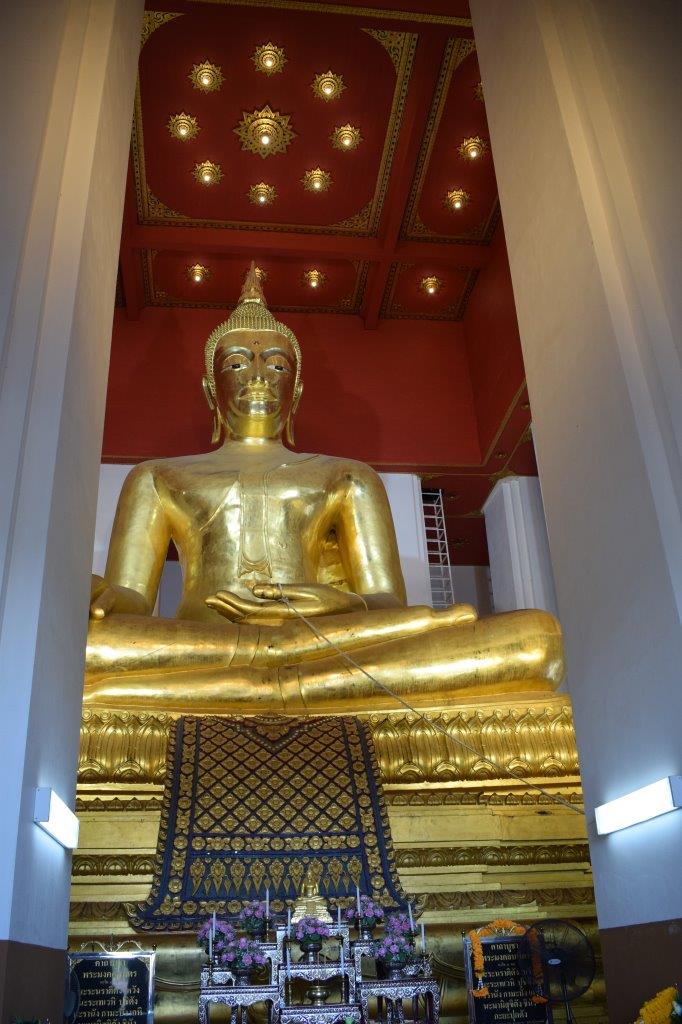
Bronze Buddha 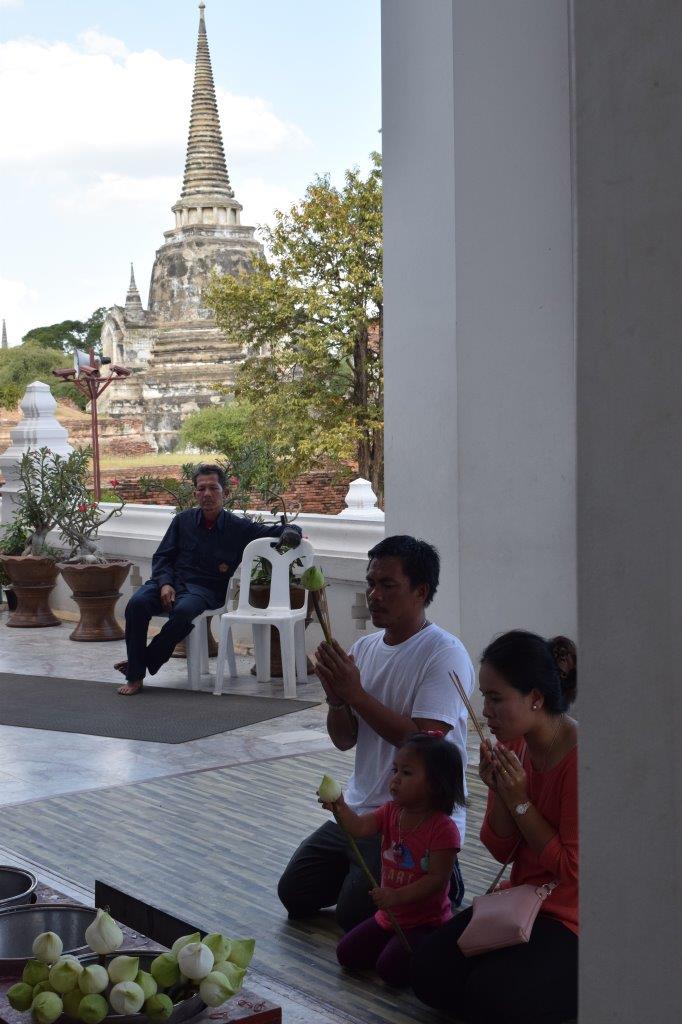
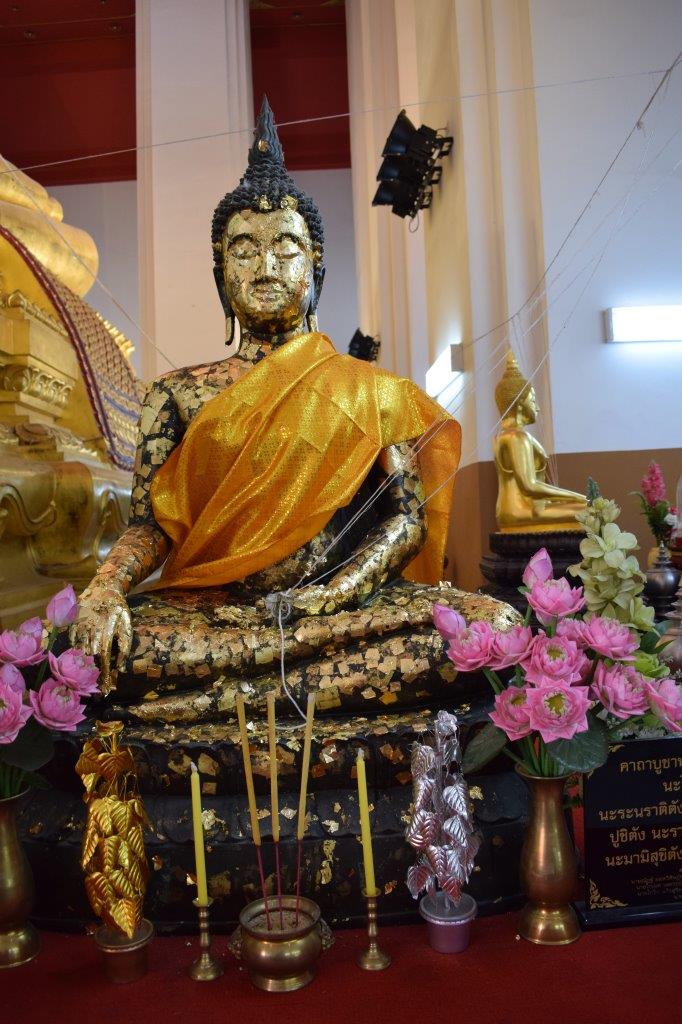
gold leaf offerings
Monday 2nd December, 2019 – Bangkok
Quick dash into Bangkok to go and collect my new passport.
Tuesday 3rd December, 2019 – Wednesday 4th December, 2019 – Saraburi- Phanom Rung
Making our way east towards the Cambodian border. We crossed a huge plain with more agricultural activity. We saw lorries loaded with a root vegetable / tuber, brown skin, white inside and very firm almost like wood .( could be cassava??) Women were chopping them by the side of the road.
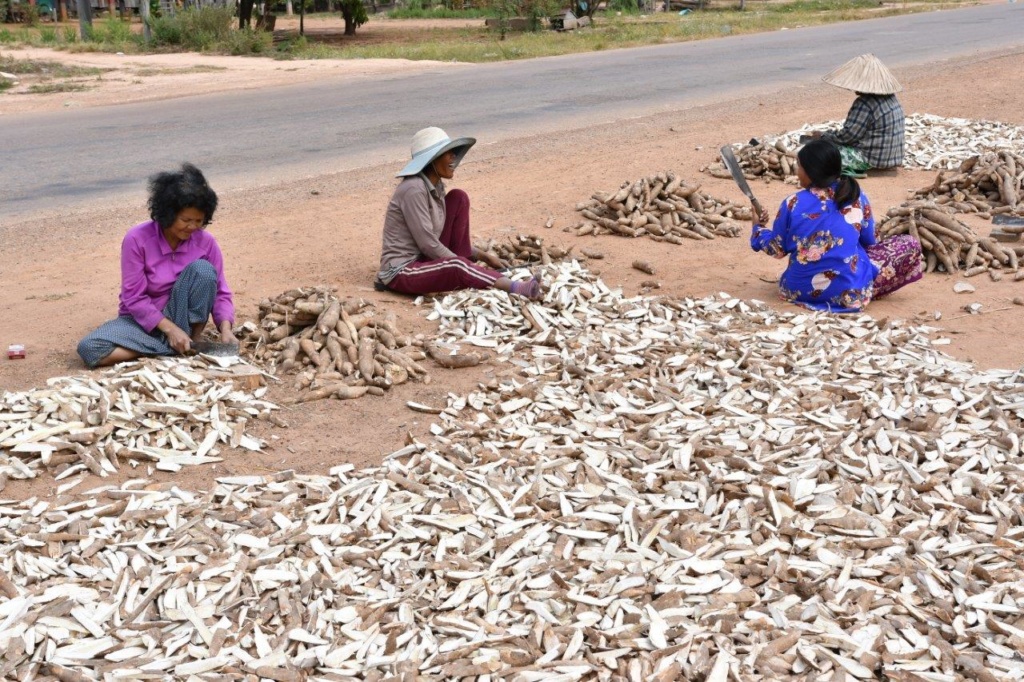
Chopping cassava? 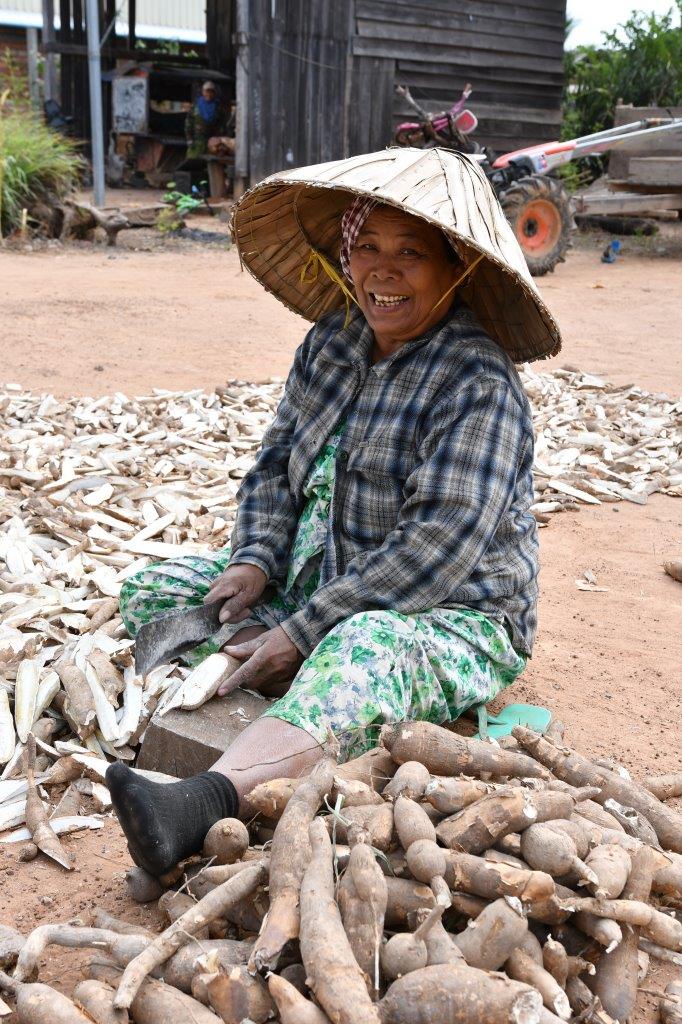
Chopping cassava? 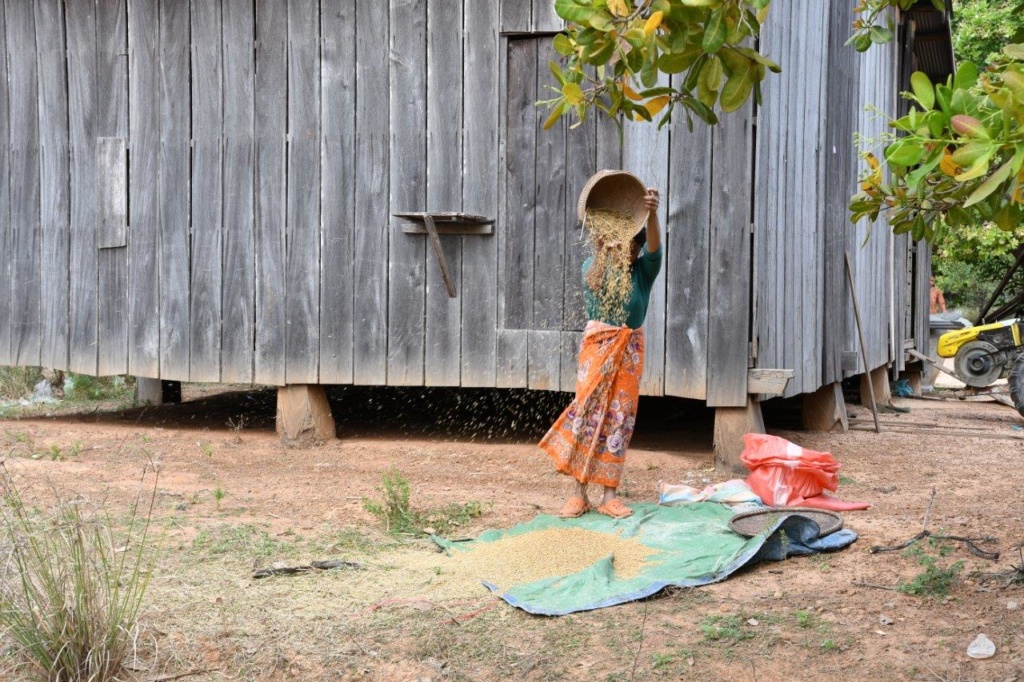
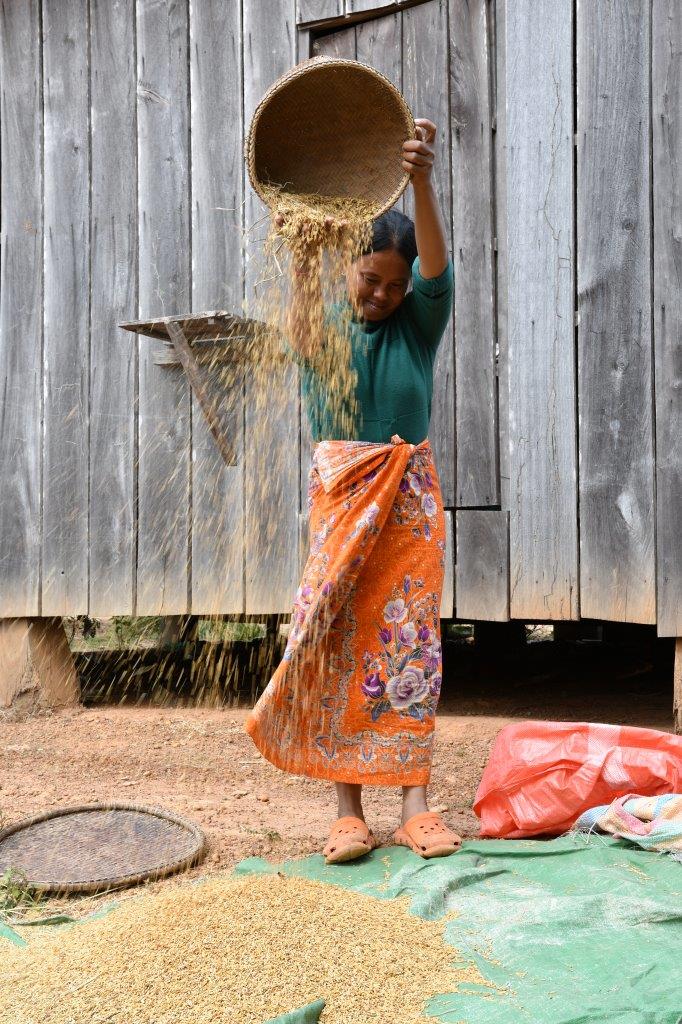
Phanom Rung
This is one of the largest and best restored ancient Khmer sanctuaries in Thailand. The complex is built on top of an extinct volcano, facing east towards the sacred capital of Angkor in Cambodia. Built from 10th to 13th century, it was initially a Hindu monument before it was converted into a Buddhist temple.
Four times a year, the sun shines through all 15 sanctuary doorways. This solar alignment happens during sunrise (April and September) and sunset (March and October).
Prasat Muang Tam
This site is only 4km away from Phanom Rung and is worth a visit. It was once a shrine to Shiva and dates from 10th/11th century and would have been the urban temple of the area as opposed to Phanom Rung which was a pilgrimage destination. The central brick towers are consistent with a late 10th century design but like many of Angkor period sites, it was upgraded by successive rulers and kings. There are some nice lintel carvings too.
